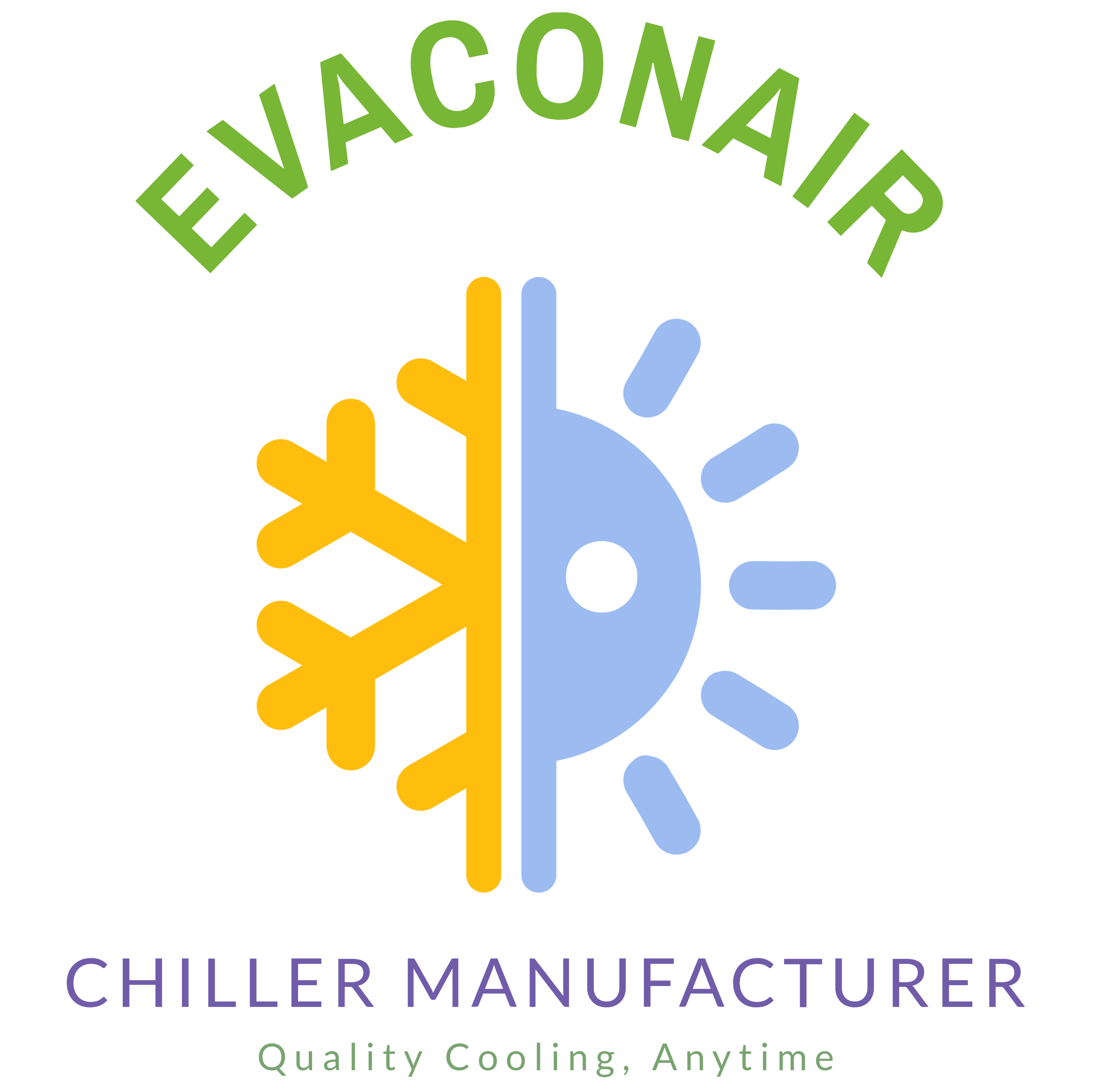Blog
How Do I Choose Chiller Size?
Calculate the Cooling Load
Determine the total cooling load required for your application, measured in tons or kW. This includes factors such as the heat generated by equipment, the number of people in the space, lighting, and any other sources of heat.
Consider Peak Load Conditions
Assess peak load conditions to ensure the chiller can handle the maximum cooling demand. This is important for systems that experience fluctuations in load.
Evaluate System Efficiency
Consider the efficiency of the chiller. A more efficient chiller might be slightly larger but will provide better performance and lower operating costs over time.
Factor in Future Expansion
Plan for future expansion or changes in cooling requirements. It’s often wise to size the chiller with some extra capacity to accommodate potential growth.
Account for Ambient Conditions
Factor in ambient conditions such as outdoor temperature and humidity if you are using an air-cooled chiller, or the quality of the water source if using a water-cooled chiller.
Consult Manufacturer Specifications
Review manufacturer specifications and guidelines to ensure the selected chiller meets the performance criteria for your application.
Professional Assessment
It’s often beneficial to work with a HVAC professional or engineer who can perform a detailed load calculation and recommend the appropriate chiller size based on your specific needs.
By carefully evaluating these factors, you can choose a chiller that is correctly sized to provide efficient and reliable cooling for your application.
